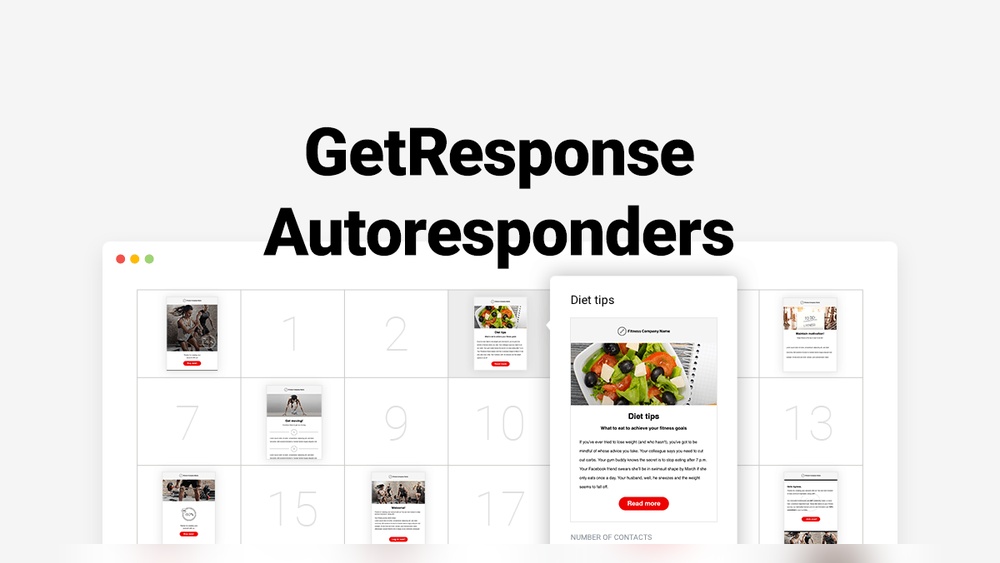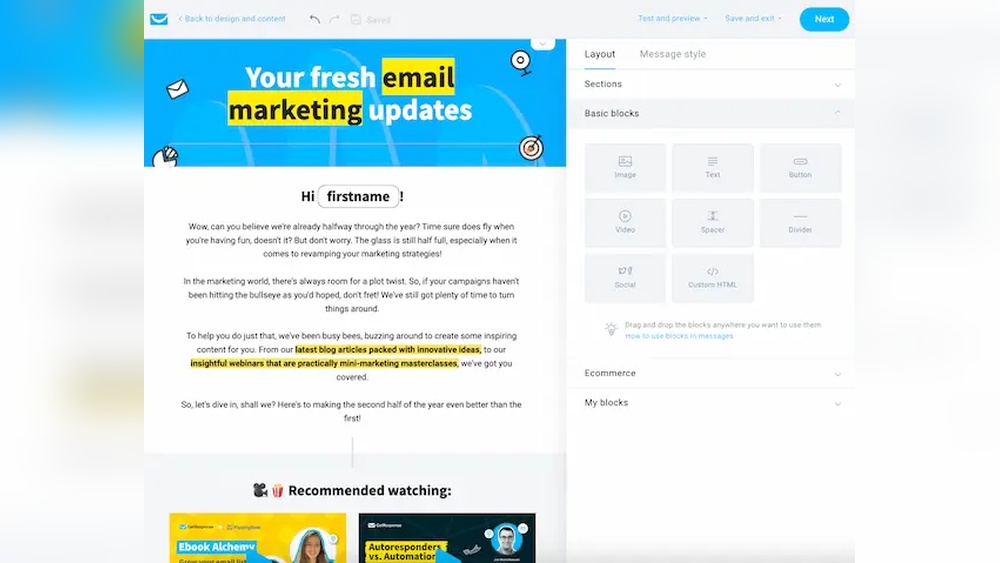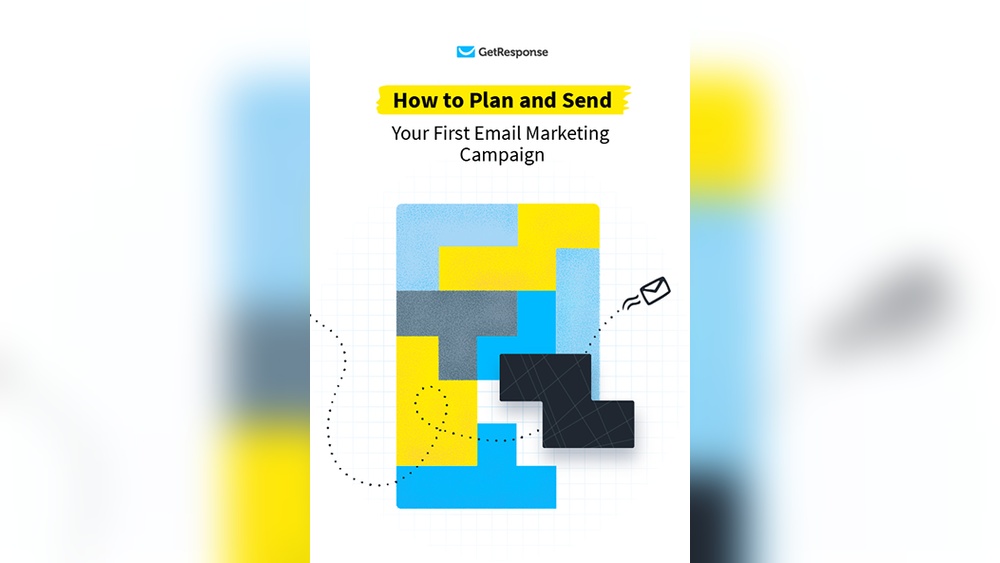Imagine you’ve crafted the perfect landing page. It’s a masterpiece of design and functionality, ready to capture leads, promote your brand, or share exclusive content.
But what if you need to keep it under wraps, accessible only to a select few? You might be wondering how to make your landing page password protected without overwhelming your visitors or compromising user experience. You’re in the right place.
You’ll discover straightforward methods to safeguard your landing page with a password, ensuring that only those with permission can access it. You’ll learn how this simple security measure can enhance your brand’s credibility and protect your valuable content. Ready to take control of your landing page’s privacy and unlock a new layer of security for your online presence? Let’s dive in and explore the easy steps you can follow to make your landing page password protected.
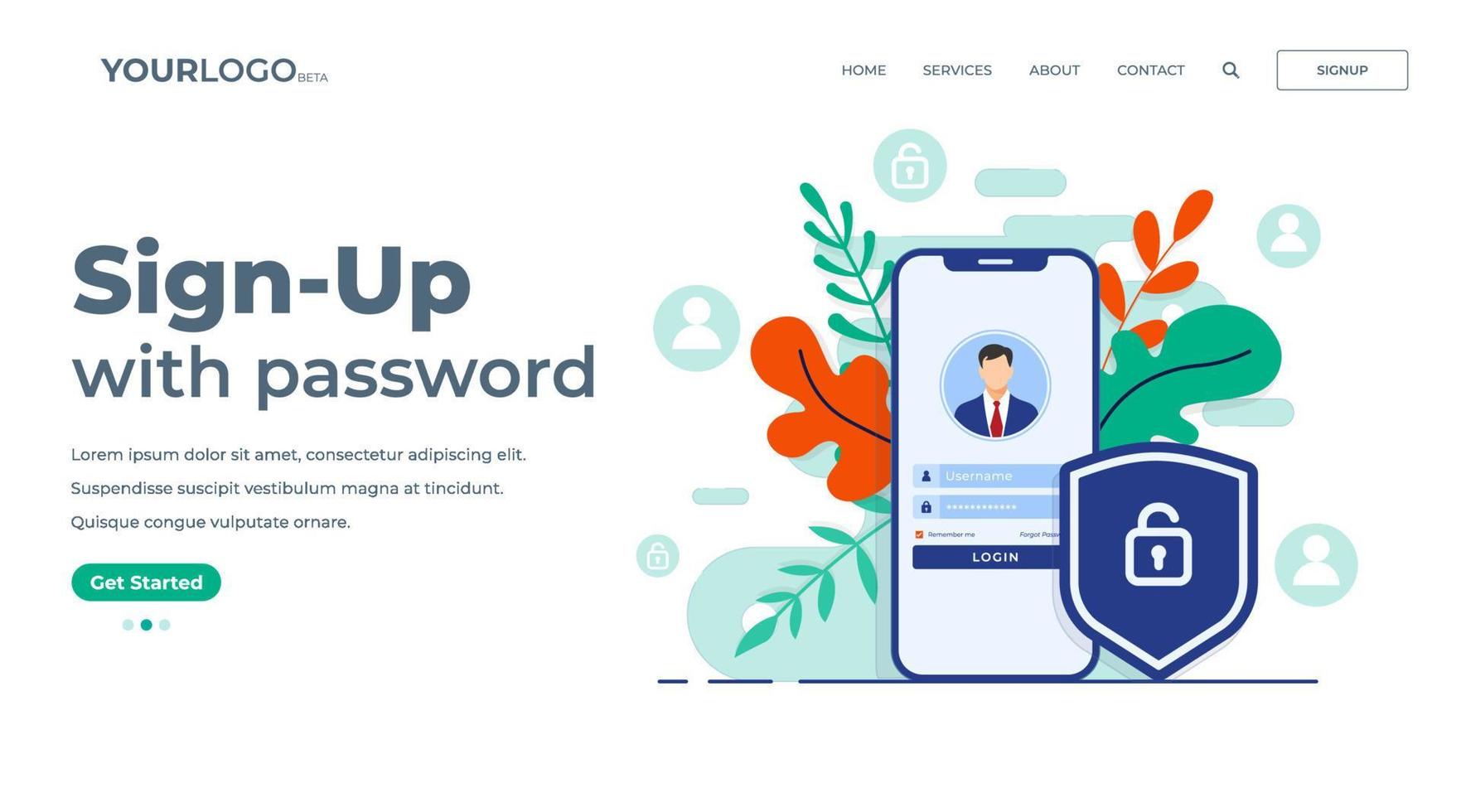
Credit: www.vecteezy.com
Importance Of Password Protection
Keeping a landing page safe is crucial. Password protection ensures only certain people can see your page. This keeps sensitive information safe. It stops unwanted visitors from viewing your content. Passwords act like a lock on a door. Without the key, entry is impossible. This helps in maintaining privacy. Businesses often use it for their pages. They share exclusive deals with their members. Protecting your page means protecting your business. It builds trust with your visitors. They feel secure while browsing your site. Confidential information stays hidden from prying eyes. It’s an easy step to boost security. Setting up password protection is simple. Follow basic steps and keep your page safe.
Choosing The Right Tools
Picking the correct tools can be tricky. First, think about the website builder you use. WordPress offers plugins to add passwords easily. Wix also has options for password protection. Choose based on what you need.
Some tools offer extra features. You may want to track user visits. Or maybe you need multiple passwords. Choose a tool that fits your needs.
Make sure the tool is easy to use. You don’t want to spend hours learning. Look for clear instructions and support. This will help you save time.
Setting Up Basic Authentication
Basic authentication helps protect your page. It asks for a username and password. Use a server or a plugin to set this up. Web servers like Apache and Nginx can do this. Plugins work for WordPress sites. They make it easy to add passwords.
First, create a file with user details. Store the file safely. Change the file name often. This makes it harder for others to guess. Keep passwords strong. Use letters, numbers, and symbols. Avoid easy words.
Test the page once the setup is complete. Ensure only the right people access it. If problems occur, check the settings. Sometimes files need updates. Remember, security is key. Keep your page safe always.
Using Html And Javascript
Creating a password-protected landing page is simple. HTML and JavaScript make this easy. First, you need an HTML form. This form will ask for a password. Use an input box for the password. Next, write a JavaScript function. This function checks the password. If the password is correct, show the page. If not, show an error message.
Here’s a basic example. Use this HTML code:
function checkPassword() {
var password = document.getElementById("myPassword").value;
if (password === "secret") {
alert("Access granted");
} else {
alert("Access denied");
}
}
This code checks if the password is “secret”. You can change the password to what you like. Remember, this method is basic. It is not very secure. Use it for simple needs only.
Implementing Server-side Protection
Using PHP for password protection is simple. First, create a login form. This form asks for a username and password. Next, check these details with stored data. Use secure hashing for passwords. Functions like password_hash() help. If the details match, allow access. Otherwise, show an error message. This method keeps your page safe.
Node.js and Express can secure a page too. First, install Express in your project. Then, set up a middleware function. This checks user details. Use libraries like bcrypt for password hashing. If the user logs in correctly, let them see the page. If not, show a login error. This method is efficient and quick.
Integration With Content Management Systems
Securing a landing page with a password through a Content Management System ensures data privacy. It involves setting up access controls within the CMS, allowing only authorized users to view the content. This method is essential for protecting sensitive information and ensuring user trust.
WordPress Plugins
WordPress offers many plugins. Password Protection is one popular choice. It keeps your pages safe. Easy to install and use. Just search the plugin library. Pick the plugin you like. Follow the simple steps. Then your landing page is secure. Many plugins are free. Some have extra features. These may cost money. Choose what fits your needs best.
Squarespace And Wix
Squarespace has built-in tools. Password protect is easy. Just go to settings. Select pages. Choose the password option. Type your password. It’s that simple. Wix offers similar tools. Visit the page settings. Find the privacy section. Click the password button. Enter your password. Both platforms make it easy. No extra cost needed. Safe and secure pages for everyone.
Enhancing Security Measures
Encryption keeps data safe from bad people. Simple methods like SSL protect information. Complex techniques make data unreadable. Only the right key can unlock it. AES is a popular choice. It uses keys that are hard to crack. RSA is another option. It protects data with public and private keys. Encryption is crucial for protecting sensitive information. Data remains private and secure. Always choose the right technique for your needs.
Two-factor authentication adds extra security. It asks for two things to log in. First is a password. Second is something else. It can be a code sent to your phone. Or a fingerprint scan. This makes it hard for bad people to get in. Two-factor authentication keeps accounts safe. Many websites use it now. It is important for securing personal data. Always use two-factor authentication when available. It makes online safety stronger.
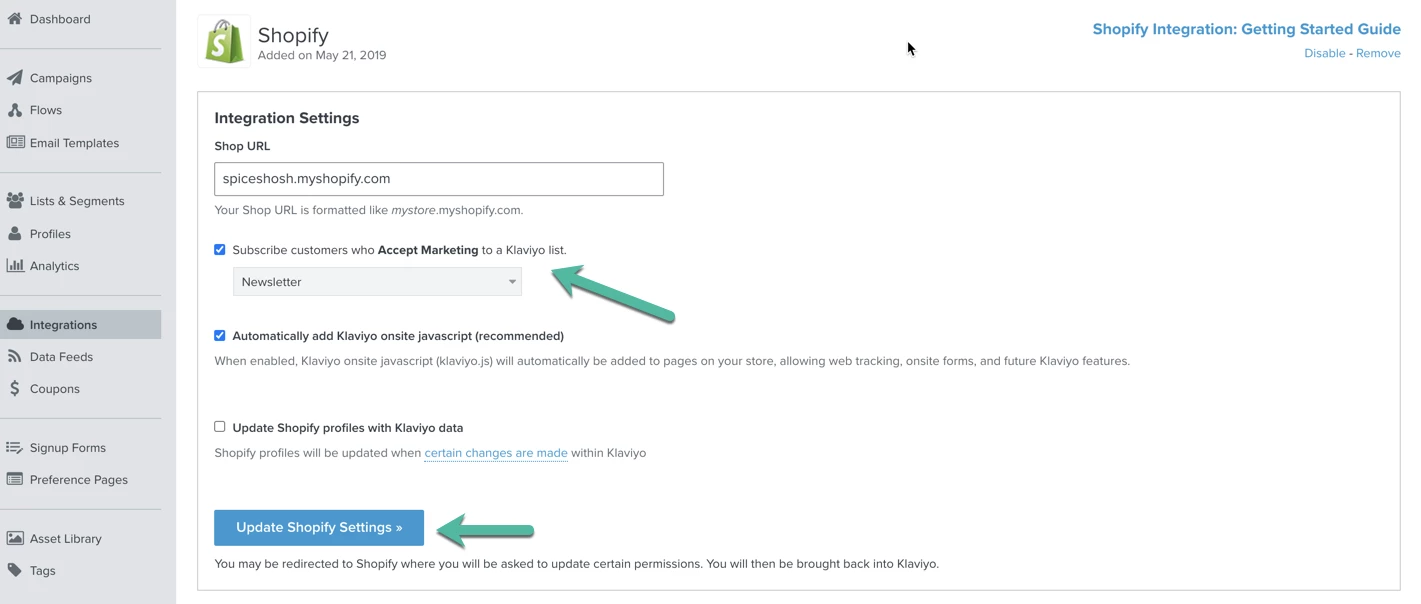
Credit: community.klaviyo.com
Testing And Troubleshooting
Creating a password-protected landing page involves setting up secure access. Test different settings and troubleshoot any issues. Ensure a smooth user experience by checking the password functionality thoroughly.
Common Issues
Landing pages can have password protection problems. Users may face login failures. The page might not load properly. Sometimes, the password doesn’t work. Ensure the password is correct. Check if the password field is visible. Verify if any error messages appear.
Debugging Tips
Start by checking the website settings. Look for any typos in the password. Clear the browser cache. This can solve many issues. Ensure the password is saved correctly. Test the page on different browsers. Each one may behave differently. Ask someone else to test the page. They might find new issues.
Best Practices For User Experience
People should feel safe online. Password protection helps with this. A landing page can be protected. It keeps personal information safe. Users want simplicity. Make sure the password process is easy. Avoid long steps. Keep it short and simple.
Test the page. Check for errors. A smooth process keeps users happy. Explain why you need a password. Trust is important. Be clear and honest. Use simple words. Everyone should understand the message.
Design matters. Make it look good. Users like clean and neat pages. Colors should be easy to see. Avoid too many images. Focus on clarity. The page should load fast. Nobody likes waiting.

Credit: getshogun.com
Frequently Asked Questions
How To Make A Password Protected Webpage?
Create a password-protected webpage using HTML and JavaScript or PHP. Use HTML to design the page layout. Implement JavaScript or PHP to handle authentication. Store passwords securely, ensuring encryption. Test thoroughly to ensure security and functionality.
How To Protect A WordPress Page With A Password?
To password-protect a WordPress page, go to the page editor. In the “Publish” section, click “Edit” next to “Visibility. ” Choose “Password Protected,” enter a password, and update the page. This restricts access, requiring visitors to enter the password to view the content.
Can Pages Be Password Protected?
Yes, you can password protect pages. This ensures only authorized users can access sensitive content. Enable this feature in your website settings. Use strong passwords to enhance security and control user access efficiently.
How Do I Lock A Web Page?
To lock a web page, use authentication methods like password protection or implement access restrictions via server settings. Use plugins or scripts for enhanced security. Regularly update security measures to prevent unauthorized access.
Conclusion
Protecting your landing page with a password is smart. It keeps your content safe and private. Choose a strong, unique password. Regularly update it. This ensures your data stays secure. Use a reliable platform for password protection. Many tools make the process easy.
Remember, security is essential. A protected page builds trust with your audience. They feel safe sharing information. Take action today. Secure your page and protect your content. Your peace of mind matters. Stay safe online.



